Who invented the automobile
When was the automobile invented?
Let's take into account the two most popularly known dates, this will help us understand the historical progress of the car. 1769 Nicholas-Joseph Cugnot and 1885 Motorwagen by Benz.
But were they really the first cars? Let's see
We can find the first hint of a car shortly before the year 550 when the Emperor Yuan of Liang wrote the Book of the Golden Hall Master when he was still the crown prince Xiao Yi.
In this book, he described a wind-driven carriage which was able to carry thirty people at once. There is evidence that a similar vehicle was subsequently built in about 610 for the Emperor Yang of Sui, also in China. In later years these vehicles are becoming more frequent in history. Therefore, the first hint of a vehicle was almost 1500 years ago!
In 1472 Robert Valturio proposes a car driven by a mill, but it is not carried out.
It took almost 900 years to see a hint of a car that doesn't refer directly from the conception of a ship.
A toy designed by Ferdinand Verbiest self-propelled by steam for the distraction of a Chinese emperor appears in 1672. It was 65cm long, its intention was not to transport
In 1748 Jacques de Vaucanson designed a carriage moved by a large clockwork mechanism
Unlike many other major inventions, the original idea of the automobile cannot be attributed to a single person. As we see, little by little we approach the concept of the car
In 1752, Leonty Shamshurenkov built a four-wheel vehicle driven by a complex pedal system. It is considered the first self-propelled vehicle in history.
In 1760, a Swiss cleric, J.H. Genevois, suggested a small car driven by mills seeing that, in turn, would drive the wheels
In 1769 Nicholas-Joseph Cugnot invented the first vehicle in history capable of transporting passengers, the Fardier, also known as the Cugnot in honor to its creator. It was a heavy three-wheeled vehicle and had a huge boiler in the front and a vertical two-cylinder engine. The front wheel worked like guide wheel and as a directive wheel, all this made it an extremely slow and difficult to drive vehicle. It is interesting that this vehicle appeared 30 years before the invention of the first steam locomotive
In 1784 William Murdock built a tricycle that carried a chimney in the back and moved by a Watt steam engine which was invented in 1765.
In 1789 Oliver Evans designed a steam powered amphibious vehicle called Oruktor Amphibolos, it is interesting the fact that the first American vehicle was an amphibious one.
According to many sources, this car is considered to be the first amphibious vehicle ever made, but the reality is that there were many inventions prior to this one, but they did not enjoy enough recognition in history.
During these years, there are multiple means of steam transport, the Cugnot was the first one, but it was not an isolated invention.
In 1801 the inventor Richard Trevithick designed the so-called Puffing Devil Road Locomotive, one of the first vehicles and the first to carry a Steam engine. The first locomotive was invented three years later, also by Trevithick. Therefore, despite what it may seem, the Puffing Devil Road Locomotive was not an attempt at a locomotive without using rail tracks, because it didn't exist in that moment
Around 1805, the Russian Ivan Kulibin designed a pedal-powered vehicle assisted by a steam engine. Although it cannot be considered a car, it is an antecedent to take into account because it shared many elements with the current cars, such as brakes, gearbox, steering wheel and axles with bearings.
In 1807 Francois Isaac de Rivaz patented the first vehicle to use an internal combustion engine in history, a year later, in 1808 it was carried out. Despite what is commonly known, the famous Benz was not the first internal combustion powered car. But there is a difference, 1885 Benz was a petrol-powered car, and this vehicle was hydrogen-powered which was contained in a balloon. Gasoline wasn’t used for internal combustion engines until 1870, when carburetors were invented to convert non-combustible liquid fuels into a form of combustible gas mixture.
In 1815 Josef Bozek manufactured an oil-powered vehicle.
In 1828 Hungarian Ányos Jedlik designed a small-scale electric car
In 1832 a Scotsman named Robert Anderson invented the first ever pure electric car. It was not rechargeable, once it ran out; the battery had to be replaced.
In 1835 the Dutchman Sibrandus Stratingh invented a small-scale electric car
Although electric cars appeared before those of internal combustion, at the end of the 1920s they were barely made
The first automobile compressed air-powered was created by Frenchmen Andraud and Tessie of Motay in 1838. Actually, 10 years before this date a vehicle designed by Bompas appears in some historical records, but there is no certainty that it was carried out.
In 1860, Etienne Lenoir developed a vehicle called Hippomobile. This vehicle is powered by a two-stroke single cylinder engine. Despite using an internal combustion engine, it is powered by hydrogen.
In 1865 Henry Seth Taylor designed a steam vehicle that worked with a two-cylinder steam engine
In 1870 the German Siegfried Marcus invented the first petrol-powered internal combustion car. Initially it carried a two-stroke engine but finally it carried a four-stroke engine. Later this car would be refined by adding brakes, clutch and steering.
Amédée Bollée built in 1873 a carriage to transport passengers. Some sources consider it the first real vehicle
In 1885 Benz invented the vehicle commonly known as the "First car in history”, It was simply called Motorwagen (motorized vehicle in German). Really, we must add: "petrol-powered internal combustion car and mass produced" to verify this assertion
Mass production began in 1888 and a year later it was exhibited at the Universal Exhibition in Paris. Until before that, cars were not well known to the general public
In 1901 Ransom Eli Olds invented the first assembly line. It was built to manufacture the Oldsmobile Curved Dash. The first assembly line wasn’t invented by Henry Ford, despite popular belief. Henry Ford improved the assembly line in 1913
0 Comments
Leave a Reply. |
Exotic car brandsFollow us on facebook
|











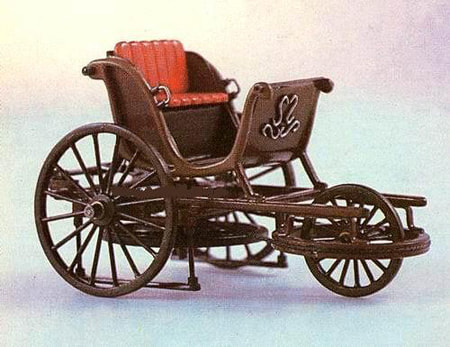
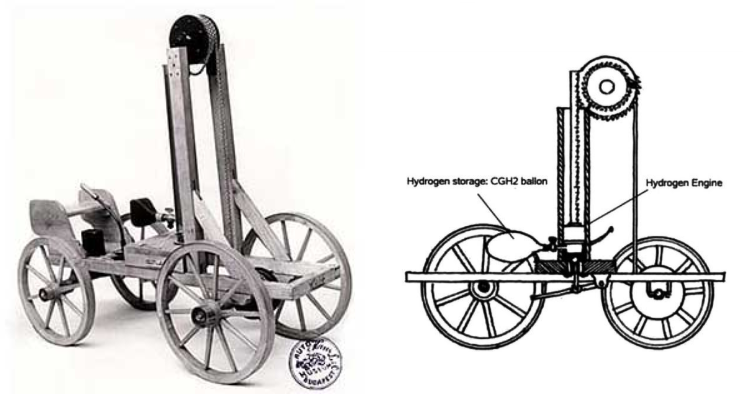




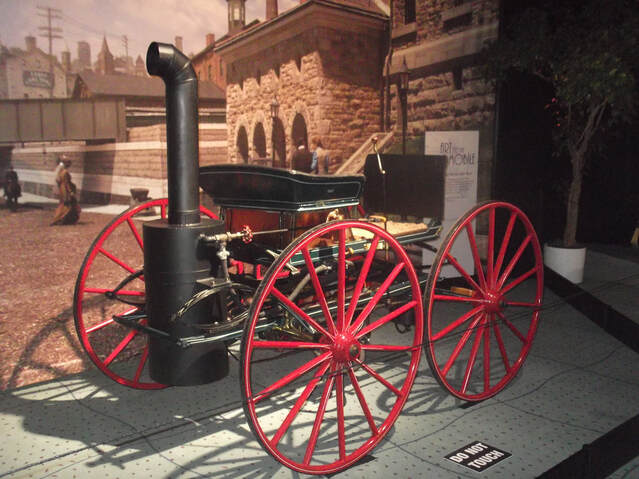
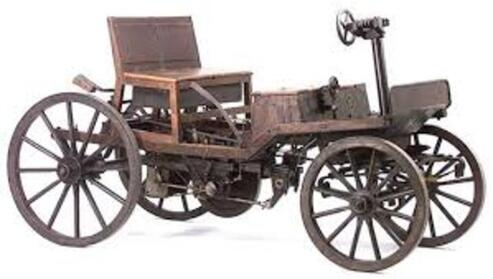
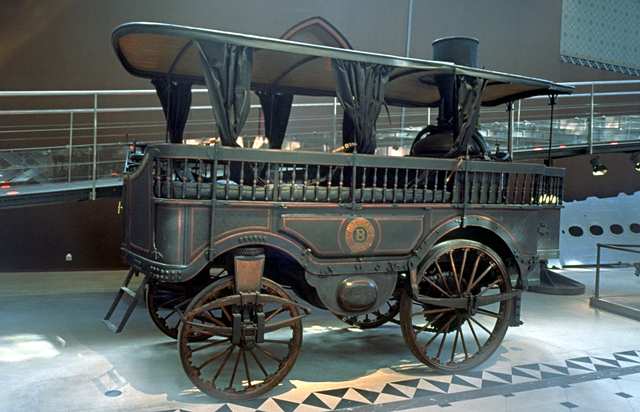


 RSS Feed
RSS Feed